When the alarms rang at 6:30 a.m., we were drowsy and still unaware that we would return to Celica Hostel twelve hours later with a new perspective on the Slovenian borders, minorities and history. But after a few cups of coffee, we were ready for a day in the name of exploration and expedition!
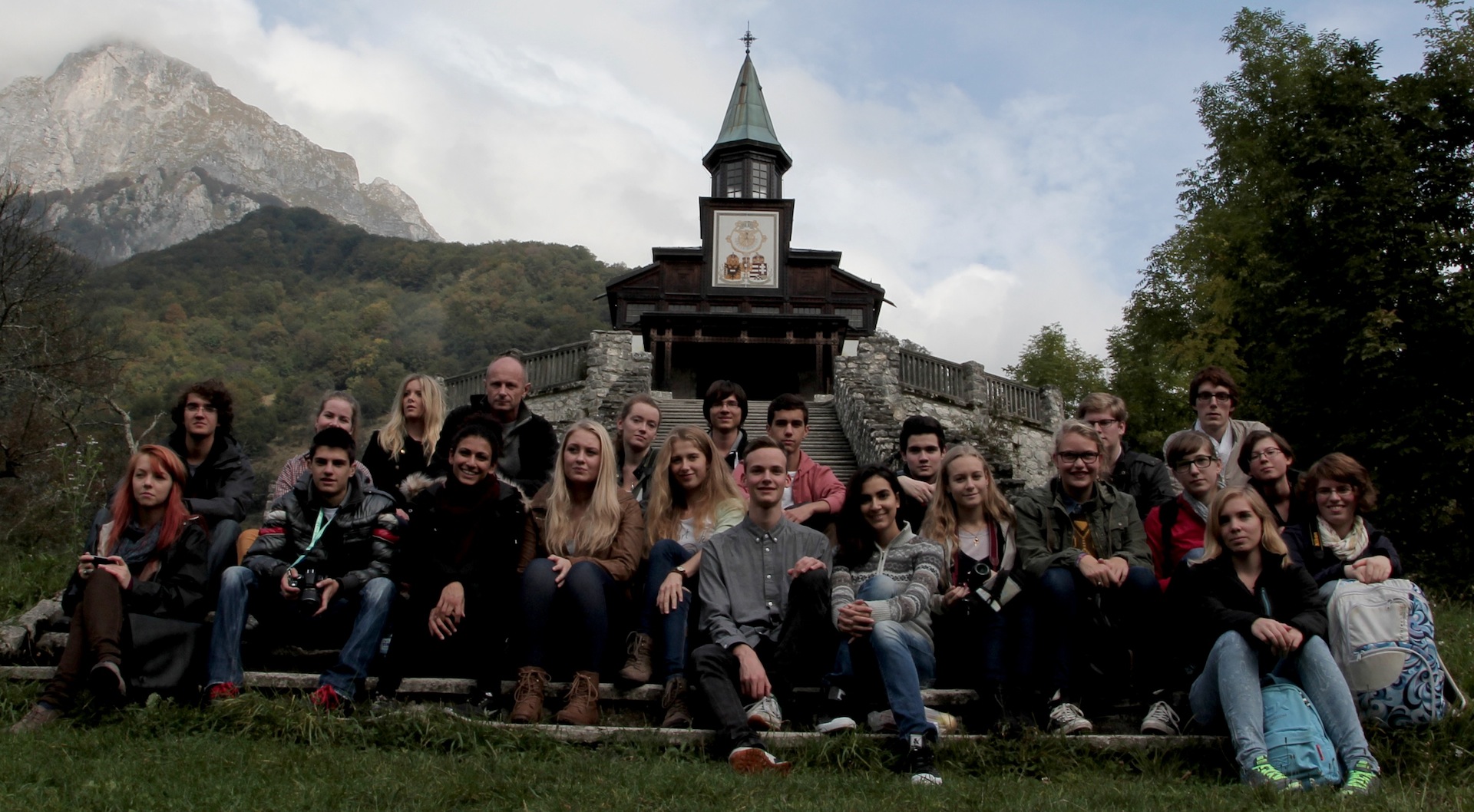 From the bus on our way to the first destination, Memorial Church of the Holy Spirit, we embraced the stunning Slovenian mountains, rivers and fields, and Bojan Balkovec provided us with a good dose of historical facts and anecdotes.
From the bus on our way to the first destination, Memorial Church of the Holy Spirit, we embraced the stunning Slovenian mountains, rivers and fields, and Bojan Balkovec provided us with a good dose of historical facts and anecdotes. 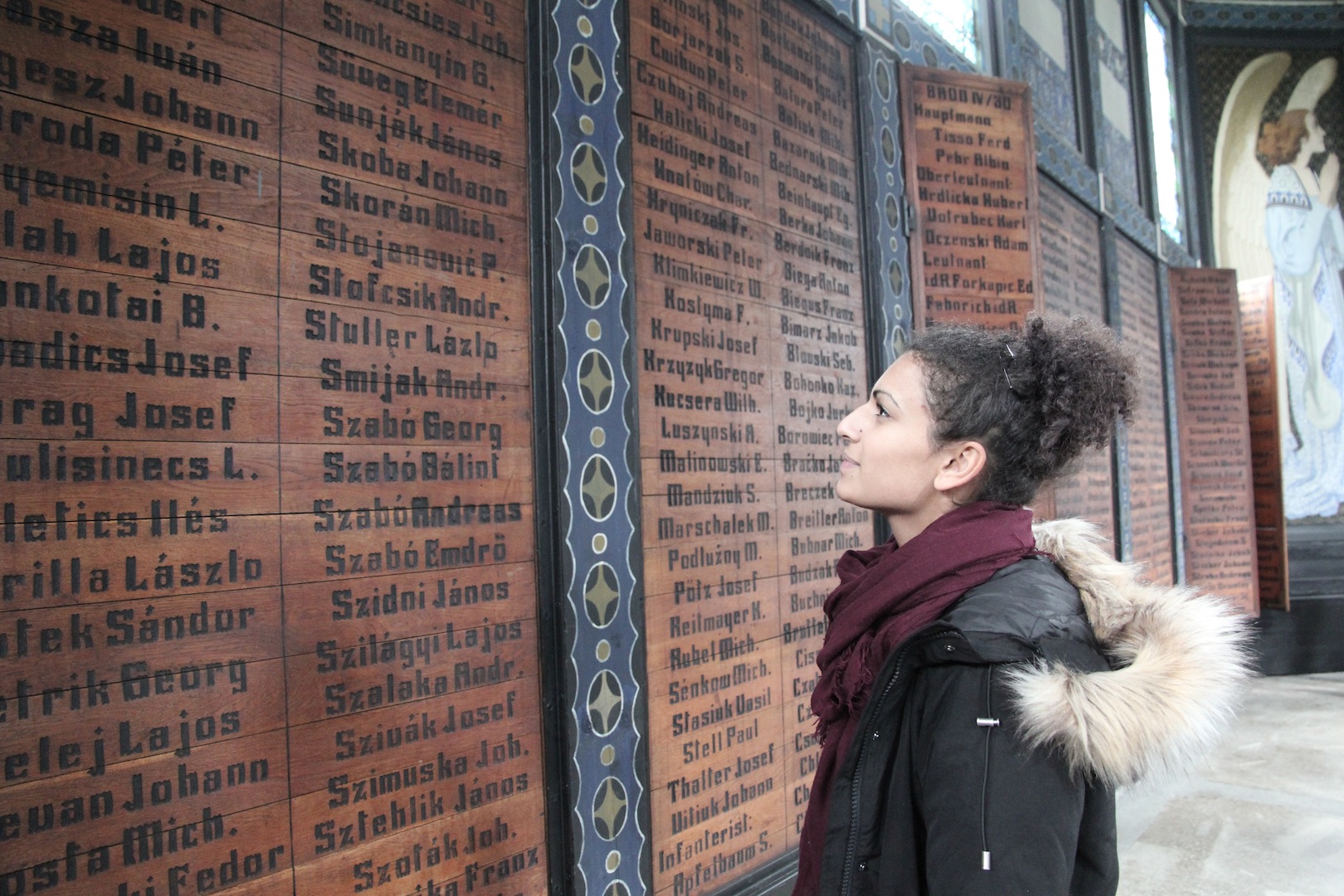 As Danes were not used to the great mountains and crystal blue streams, so our noses were pressed against the bus windows during the entire ride. The drive concluded with steep, narrow roads on the mountain sides, which required us to trust the driver with our lives.
As Danes were not used to the great mountains and crystal blue streams, so our noses were pressed against the bus windows during the entire ride. The drive concluded with steep, narrow roads on the mountain sides, which required us to trust the driver with our lives.
Eventually, though, we made it to the Memorial Church of the Holy Spirit and were welcomed by a friendly guide who gave a brief introduction to the battlefields of WWI and the origin of the unique multi-religious chapel. Interesting fact: 2564 names of fallen soldiers are inscribed in its wooden walls.
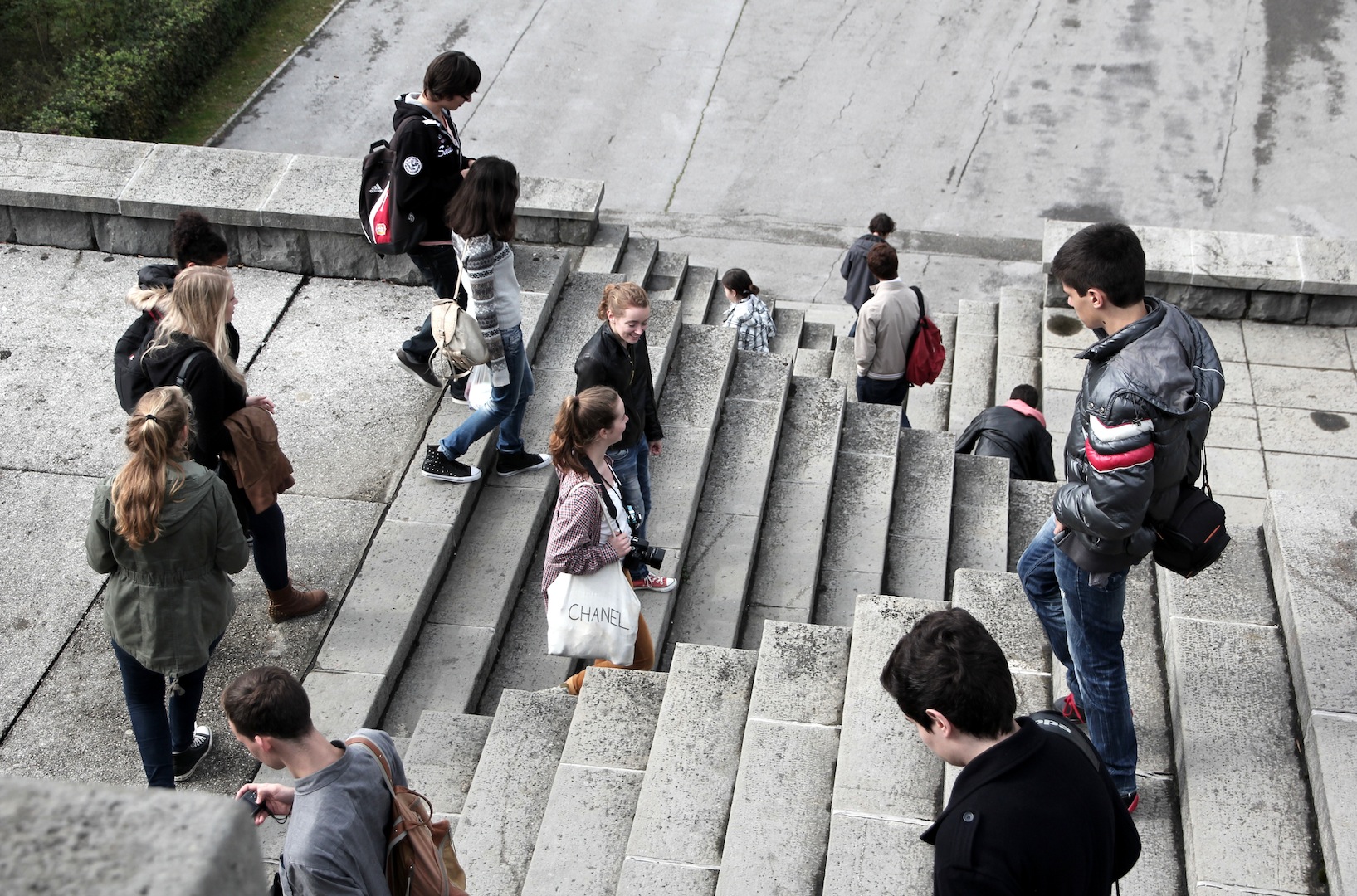 Our second stop was a mass grave commemorating the Italian victims of WWI. Apart from visiting the stone memorial, we could admire the panoramic view and we also enjoyed brief moments of the Slovenian sun, gaining bits of Bojan’s historical insight. Some of the participants even found out that some of the fallen soldiers share their family names, which are engraved on the stones.
Our second stop was a mass grave commemorating the Italian victims of WWI. Apart from visiting the stone memorial, we could admire the panoramic view and we also enjoyed brief moments of the Slovenian sun, gaining bits of Bojan’s historical insight. Some of the participants even found out that some of the fallen soldiers share their family names, which are engraved on the stones.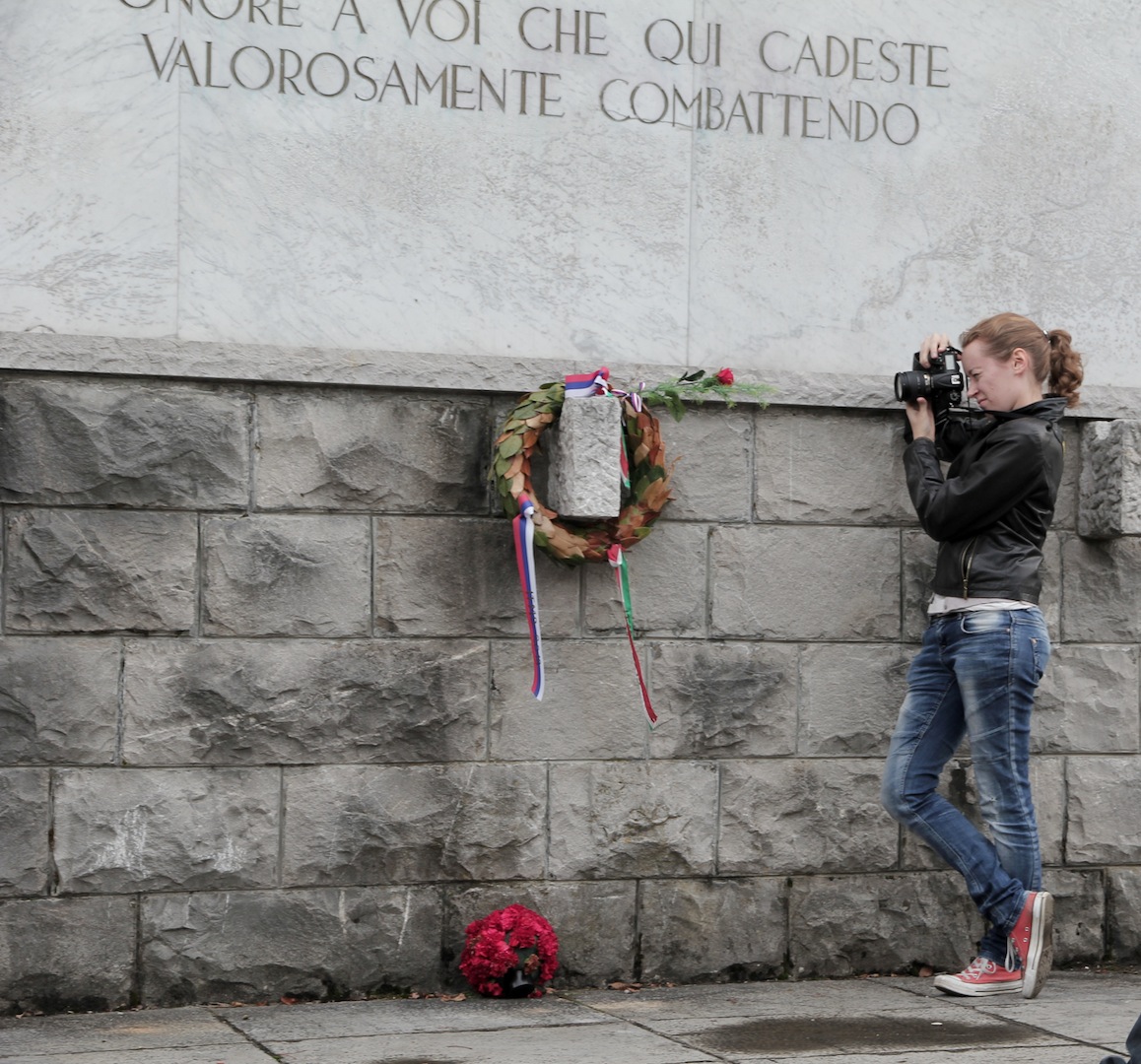
Next up was the Slovenian-Italian border cities ‘Gorizia’ and ‘Nova Gorica’ (meaning ‘small hill’ and ‘new small hill’ respectively). We split into pairs, each visiting one of the two cities to examine the significance of the opened border located in-between the nations by observing and talking to locals. We also had the chance to discover the municipalities on our own – some had coffee, others went for ice cream (or gelato, as they say in Italy).
After a long, but fascinating day, we finished with group work by writing an article about our findings, and we celebrated by starting the first day of exchanging our local candies beginning with Eastern European sweets. We think we speak for everyone, when we thank Oldrich for his sugary suggestion!
Text by Shila & Jacob
Photos by Tina Gotthardt


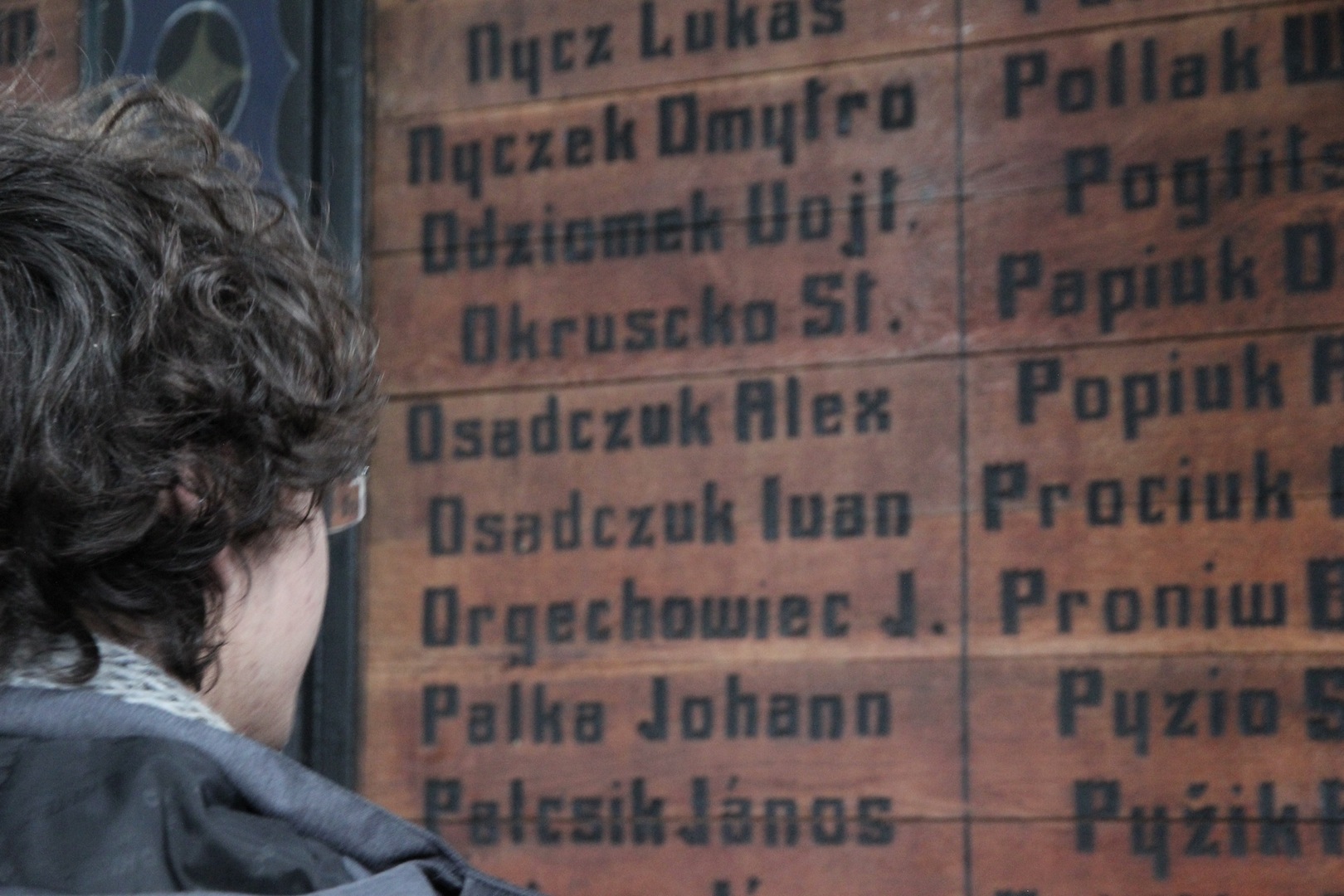
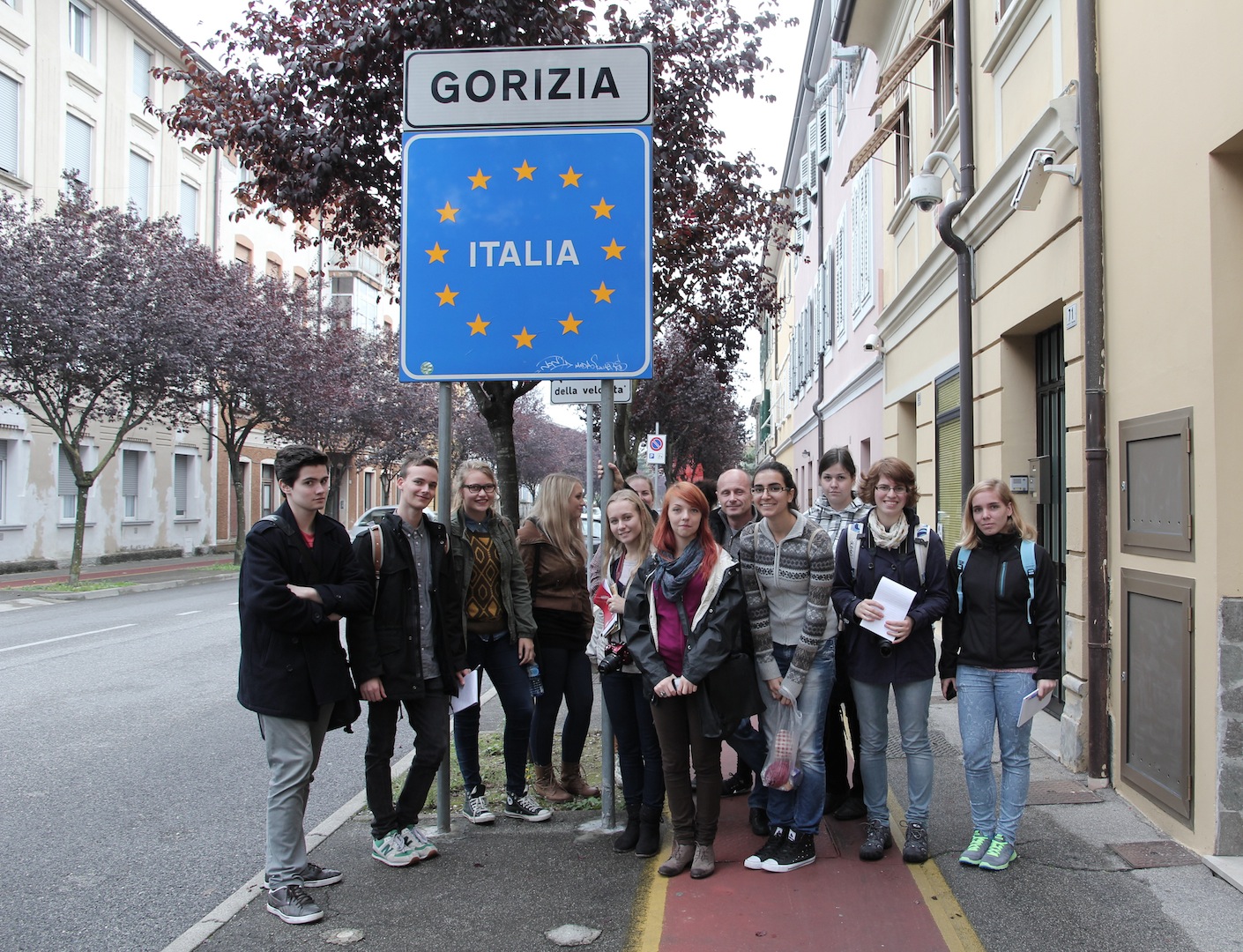
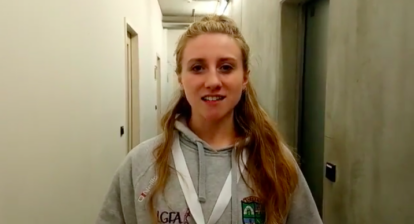
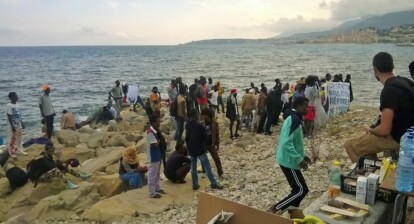
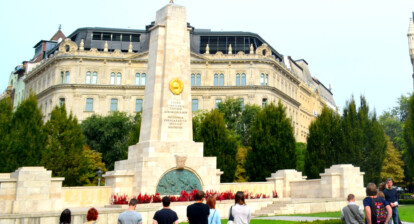
Pingback: La experiencia de la academia de Liubliana (2013) | Eustory | Concurso de historias para jóvenes